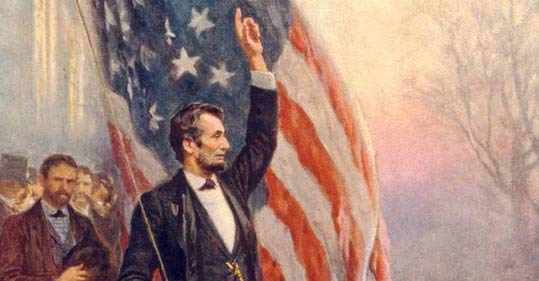
Have you had two different experiences, one where you were dumped by text message, and one where you were broken up with in person? While similar sentiments were probably conveyed in both instances, the context of each likely changed your feelings about the experience and even how you then assessed and now remember the relationship.
This example begins to get at what media philosopher Marshall McLuhan meant when he famously said “The medium is the message.”
When we think about the message of a communication — the aspect of it that can change a recipient’s thoughts and behavior — we typically think of the content of the communication. But McLuhan argued that communication is shaped not only by its content, but by its character. It’s not just what is said that’s important, but how it’s said. This how, the medium of the message, can, in fact, be the most influential part of communication; it is the message.
The character of a message changes minds just as readily as its content. A medium’s message, McLuhan said, is the “change of scale or pace or pattern” it introduces “into human affairs.” The nature of communication mediums changes the structure of how we think and do things, and have second and third order social, psychological, and religious effects. While we often think of the technology of communication as neutral, it isn’t; it invariably alters individual psyches and collective culture.
This makes intuitive sense when we think about how the medium of digital communication — which often takes the form of bite-sized, endlessly varied, always-on nuggets — has shrunken and fragmented attention spans and altered the pattern and pace of our habits. No one on social media is explicitly saying, “Don’t read for as long” or “Be more distracted when you’re talking to someone,” but the medium has conveyed that message, and we have absorbed it, nonetheless.
The shortened, rapid-fire character of modern media affects not only our cognitive and real-world rhythms, but also the significance we lend to the content it carries.
In describing the structure of broadcast news programs in 1982’s Amusing Ourselves to Death, media theorist Neil Postman noted that “the average length of any story is forty-five seconds” and observed that “While brevity does not always suggest triviality, in this case it clearly does. It is simply not possible to convey a sense of seriousness about any event if its implications are exhausted in less than one minute’s time.” Likewise, we unconsciously feel that anything that can be conveyed in a 60-second TikTok video or short tweet can’t really be that important.
But arguably the most significance-draining aspect of the medium of modern media is the way that each piece of context-less content is sandwiched between other context-less and entirely unconnected pieces of content.
Postman said the phrase “now … this” was one of the scariest phrases in our language. He was again referring to news programs and the way the phrase allows newscasters to abruptly segue between two completely unrelated stories, as in “The missile strike killed over 100 civilians. Now … this. A koala bear was born at the zoo!”
Postman said: “The phrase is a means of acknowledging the fact that the world as mapped by the speeded-up electronic media has no order or meaning and is not to be taken seriously.”
The “now … this” phenomenon has only accelerated in the modern age. As you scroll through social media, you see a reel of a funny sports blooper, followed by someone making nachos, followed by someone explaining a Bible verse, followed by someone working out, followed by someone giving relationship advice, followed by a car crash.
Because the medium of social media presents all of these things on an equal plane, each seems to possess equal significance. A great flattening takes place. The baser content isn’t brought up to the loftier’s level; the loftier content is brought down to the base. Everything begins to feel as if it has equal weight . . . and then begins to feel weightless. Everything starts to seem equally trivial. Everything starts to seem equally unworthwhile.
Because the medium inescapably remains the message, it’s worth considering not only what you say, but where you say it, and not just what messages you choose to consume, but how you consume them.







